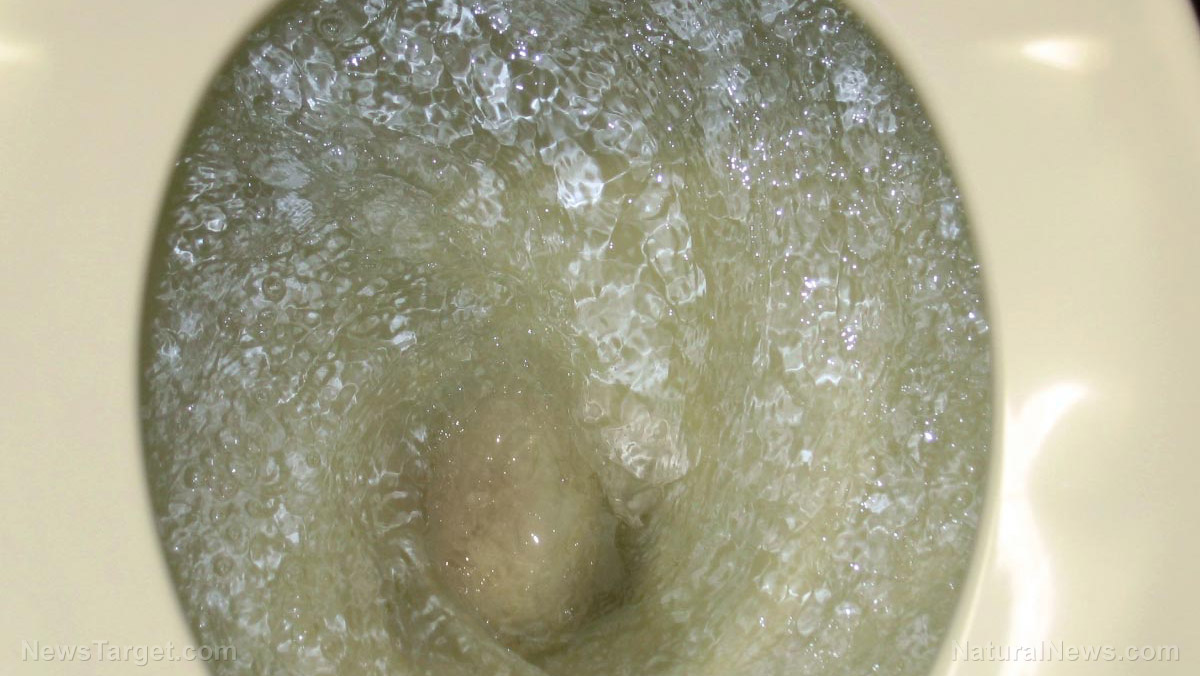
"Biosolids" is the euphemistic term for the leftover sewage sludge of the wastewater treatment process. These byproducts are used to increase the fertility of the soil, restore the land, and even as material for construction projects.
Biosolids are considered valuable enough to be stockpiled for future use. They are also disposed of by dumping them in landfills. Either way, biosolids take up useful real estate.
Due to their nature, they will eventually emit toxic air pollution. So the large quantities of biosolids accumulated around the world pose a considerable threat to the environment and to human health.
At the same time, the construction industry can use more sustainable materials. So researchers at the RMIT University hit upon the idea of killing two birds with one fired brick made of biosolids. (Related: EPA manufactures “fake facts” to whitewash extreme health hazards of biosolids; new documentary “Biosludged” to expose the truth.)
Researchers say biosolid bricks are cheaper to make and lose less heat
In a study published in the journal Buildings, the Australian researchers reported that they successfully added biosolids to fire-clay bricks. They were pitching the idea of mixing biosolids with conventional raw ingredients for construction materials to the brick-making and wastewater treatment industries.
Their experiment showed that a brick with biosolid ingredients needed only half of the energy that was normally expended to create a conventional brick. That means the biosolid bricks were cheaper to manufacture.
Another difference was that a brick made from biosolids was much more inefficient at conducting heat. Since it gave off less thermal energy, a building made from those bricks would retain more heat.
The RMIT researchers believed that there is a big chance to find a new, brick-based market for biosolids. Their home country of Australia produces 327,00 tons of biosolids each year, while the U.S. generates 7.1 million tons, and the European Union adds nine million tons.
Of this staggering amount of annually produced biosolids, around five million tons end up in landfills and stockpiles. The researchers calculated that if 15 percent of the world's yearly production of bricks incorporate 15 percent biosolid content, then that five million tons completely goes away.
Using biosolids in bricks is intended to shrink existing stockpiles and save on soil
RMIT associate professor and lead researcher Abbas Mohajerani said that his team is aiming to answer two environmental problems: The reduction or even elimination of biosolid stockpiles, and a similar reduction in the amount of soil dug up to make bricks.
"More than 3 billion cubic metres of clay soil is dug up each year for the global brickmaking industry, to produce about 1.5 trillion bricks," explained Mohajerani. "Using biosolids in bricks could be the solution to these big environmental challenges.
His research evaluated the chemical, physical, and mechanical properties of fire-clay bricks with different amounts of biosolids. All of the tested compositions proved to be strong enough to support the weight of buildings.
A biosolid brick gets its lower thermal conductivity from its greater porosity. It has more small holes and tunnels than an ordinary brick.
Biosolids contain heavy metals that carry over from wastewater. Mohajerani claimed that most of the toxic metals will not escape the bricks. However, he also added that more testing is required since different kinds of biosolids will have different characteristics due to their varying content.
Sources include:
Please contact us for more information.























